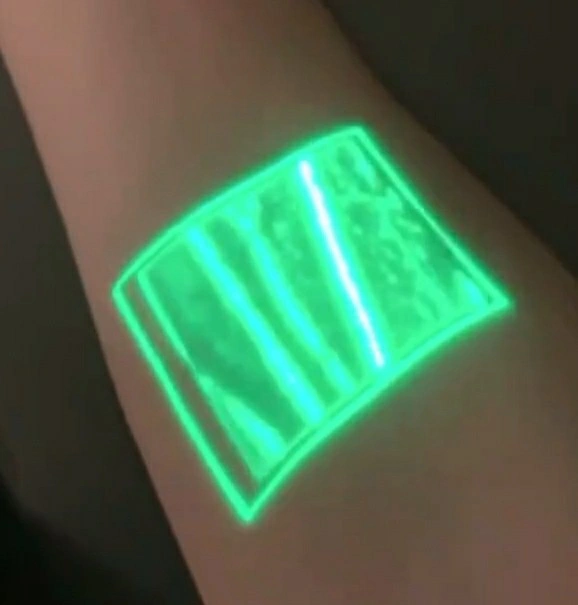Summary :
◉ Definition
Locating veins using conventional methods is difficult if the veins are deep, small, or hard to find, making the blood test experience uncomfortable for both patient and phlebotomist.
The vein finder is a useful tool that allows you to reduce the risk of possible pre-analytical error, save time and minimize pain when passing the cannula.

◉ Benefits
Using the vein finder for vein visualization has several advantages:
- Ease of use: are generally simple and easy to use, and many of them only require a quick training to master.
- Most detectors do not require any preparation or cleaning of the skin.
- Reducing the time spent on repeat attempts and avoiding the queue.
- Cost savings by reducing the cost of materials and labor.
- Reducing patient discomfort, anxiety and patient fear, especially for pediatric patients, by reducing the number of attempts needed to insert an IV.
- Reduce the risk of needle sticks, blood contamination and other adverse events.
- Improving the overall patient experience.
◉ Types of vein finder
There are several types of vein finder:
◉ Infrared Vein Finder
Infrared Vein finder uses near-infrared light (NIR) to detect veins and display them on the surface of the skin. They are generally easy to use, safe and inexpensive.
The detector sends near infrared light into the skin. This light is absorbed by the blood in the veins, the light that is not absorbed is sent back to the sensors of the device. The sensors take pictures of the veins, which are then displayed on a screen (or skin surface) so the user can see where the veins are.
The composition of Near Infrared vein detectors, typically, includes the following components:
- Infrared light source : used to illuminate the skin and reveal the location of veins.
- Optics : used to focus the infrared light onto the skin and capture the images of the veins.
- Image sensor : used to capture the images of the veins.
- Processor : used to process the images captured by the image sensor.
- Display : LCD or OLED screen, is used to display the images of the veins.
- Power source : used to power the infrared vein detector.
- Connectors and Cables
◉ Ultrasound Vein Finder
Ultrasound Vein Finders use high frequency sound waves to create an image of the veins under the skin.
The device sends high-frequency sound waves into the skin, which are reflected back by the underlying structures such as veins, muscles, and bones. The returning sound waves are captured by the device and used to create an image of the veins in real time.
◉ Transillumination vein finders
Transillumination use light to illuminate the veins. The image is due to the presence of deoxyhemoglobin in the venous blood which absorbs red light and illuminates the veins as dark lines on the surface of the skin.
◉ How to choose a vein finder
There are many good vein finders on the market, which can make it difficult to choose or make a choice that does not suit your needs.
These are the most important features to consider when buying a vein finder:
- Budget
- Weight
- Size
- Easy to use and sterilize
- Charging and operating time after fully charged
- With or without supports
- With or without screen, with or without projector
- Vein detection depth
- Operating distance between the detector and the surface of the skin
- Requires special conditions: Need for a dark environment (or vice versa), contact with the patient
- Patient population : Infrared vein finders are well suited for dark skin tones, while ultrasound vein finders are well suited for obese patients.
- Technologies: Choose a vein finder that uses the technology that is best suited for your needs. Infrared, ultrasound, and transillumination are the most common technologies used in vein finders.
- Manufacturer support : Choose a vein finder from a reputable manufacturer that provides good customer support and has a proven track record in the industry.
- Child-friendly design for pediatric patients